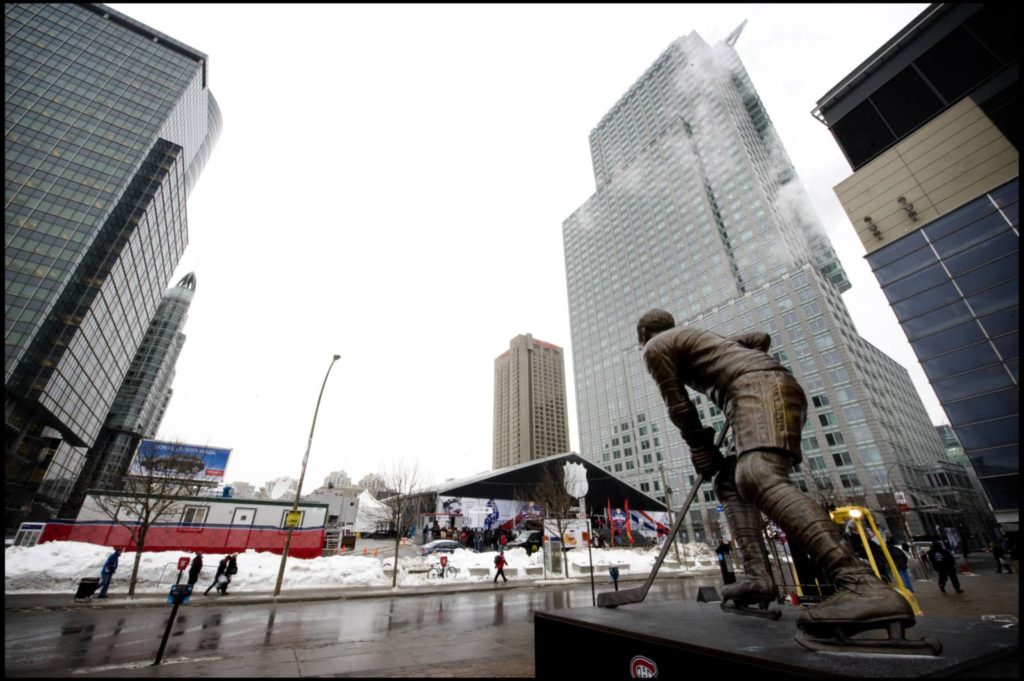You can’t prevent Mother Nature from taking a hand in your outdoor event, but you can limit the possible impact with the right planning and preparation. If done right, your event can go ahead no matter what the weather does, and here’s how.
Rain
To most event planners signing an outdoor event, rain seems like the worst-case scenario, but the potential problems associated with rain can be mitigated with a few design strategies. When selecting a site, find high ground. Check the elevation so that you don’t place your tent in a valley that collects runoff from surrounding areas. Put down an elevated floor so that any water soaking into the ground under your tent flows easily beneath it—and not into it. If the tent is going to leak, it will do so at the peak, so an extra cover for that seam is never amiss. If you do connect several tents together, plan for a runoff gutter, so that water won’t collect at the corners and leak in.
Snow
If you are hosting an event in winter, snow and blizzard conditions are on the menu. With this kind of extreme weather, the best bet is to plan for a single structure, with as few connecting structures as possible. That will prevent cold air and wind from pushing inside and keep the inclement weather outside where it belongs. As for snow, the best defense is a good offense, and for that you need heat. Ideally, you want to keep the air in the peak of the tent at about 80 degrees, so that it melts snow before it has time to accumulate. This is crucial to do before the snow starts, because you’ll never get ahead of it once it begins to settle.
Ice
Like snow, ice is best attacked with heat. If the inside of the tent is kept warm enough with the help of insulated double walls, most of the ice will melt and run off before it becomes a problem. However, melting ice can cause an issue with slush or ice sheets falling off the roof and hitting guests or creating slip areas around the edges of the structure. Attach canopies over doors and make sure those are heated too, or the weight of collecting ice will collapse them. Make sure that the runoff has a place to go from the roof with a gutter system, much like you would use for rainy conditions. Finally, high-grip outdoor flooring will make entry ways and exits safer and keep interior floors drier.
Heat
In a high heat climate, whether dry or humid, a tent can easily get to be 20 or 30 degrees warmer inside than outside, spoiling food and comfort for event guests, as well as endangering sensitive equipment. Lights will add to the heat if powered up, so action must be taken before it gets too hot out. The best way to account for this is to have a highly reflective outer fabric. Also, the more opaque the better, keeping light and therefore heat out. Those factors alone can make a tent stay 15 to 18 percent cooler inside than out. Secure an air conditioning system with vents at the highest possible points inside and set climate control for a fully occupied and powered-up structure at all times.
Wind
The real 500 pound gorilla in the tent is wind. When it comes to wind, it is important to remember that quality tent products that have been approved by a structural engineer for high wind are your best defence. Tents rated for high wind can be used to withstand heavy sustained winds, but if a hurricane happens by, just batten down the openings as strongly as possible and evacuate. If your tent is too open to secure completely, the best thing to do is take down the walls and open it up completely to let the air flow through freely. That way there’s nothing for the wind to grab and and pull away. In the end, monitor the weather and act accordingly if you are in a wind-risky location.




